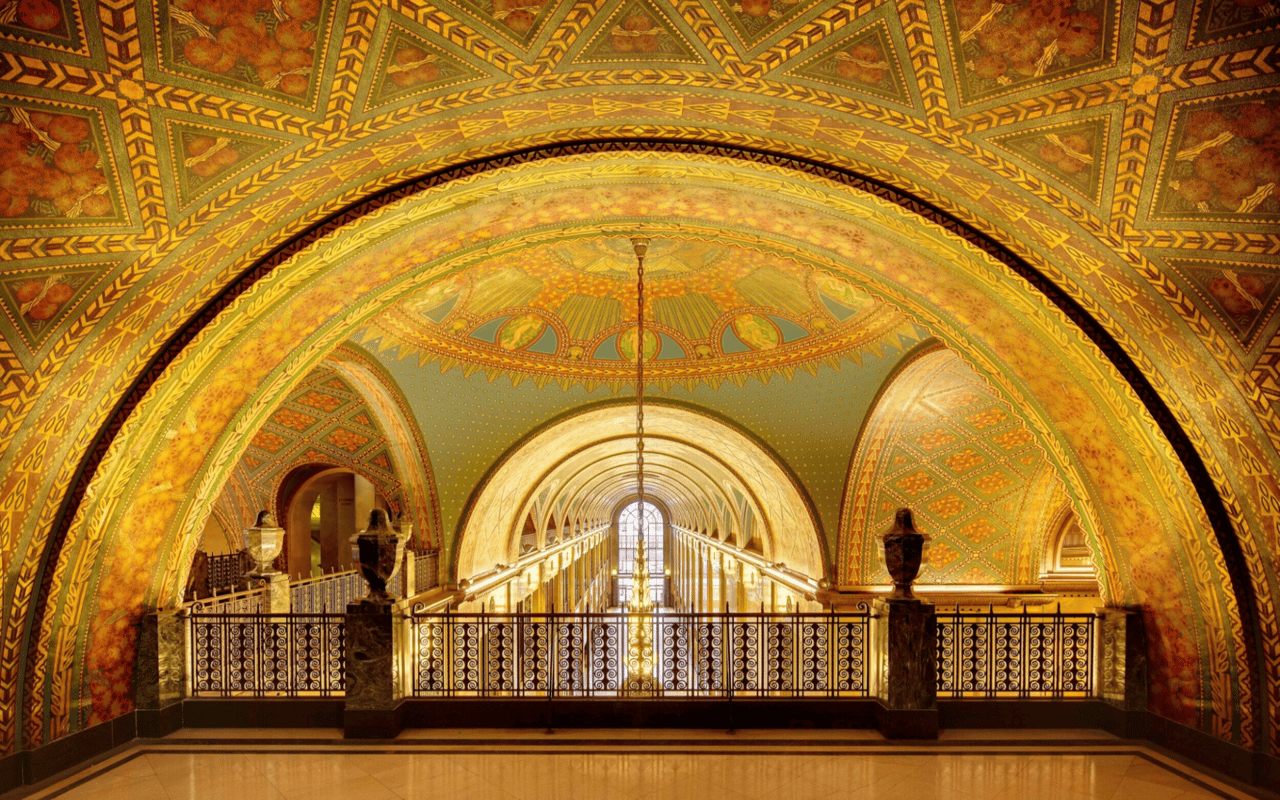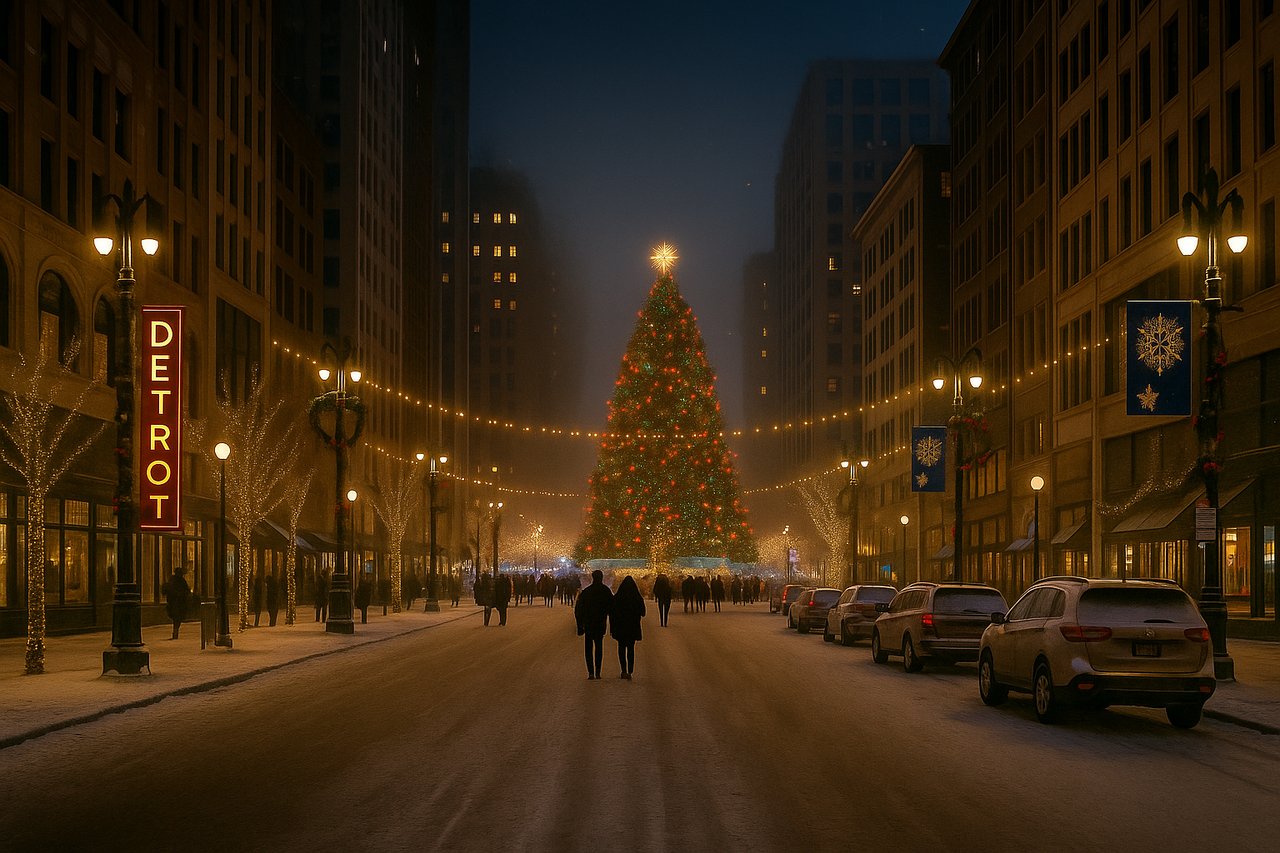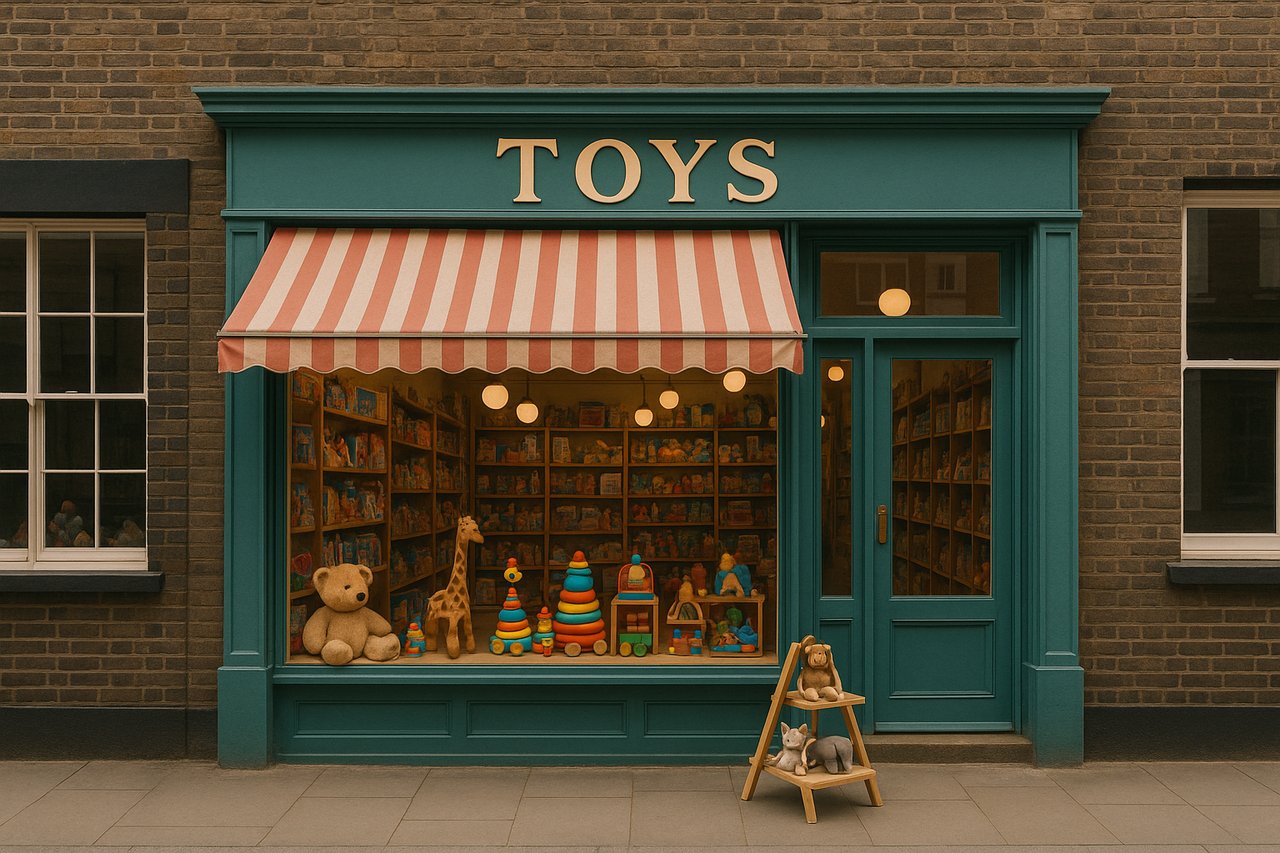Detroit, MI, is a city with a rich architectural heritage, offering a blend of historical styles that showcase its cultural evolution and industrial prominence. The city's skyline is dotted with an array of architectural masterpieces, each telling a unique story. From the Art Deco icons that rose during Detroit’s early 20th-century prosperity to modern and postmodern structures that define the contemporary cityscape, Detroit’s landmarks are a testament to its architectural significance.
Art Deco Masterpieces
One of the most significant periods in Detroit's architectural history is the Art Deco era, which produced some of the city’s most iconic skyscrapers. Among these, the Guardian Building stands out. Completed in 1929, this 40-story skyscraper is renowned for its bold orange brick exterior and intricate interior designs that feature Aztec motifs, Rookwood Pottery, and the renowned Pewabic Pottery. The Guardian Building is not just a place of business but a true work of art, blending form and function in a way that makes it a national treasure. The Penobscot Building, completed in 1928, is another notable example of Art Deco architecture. At 47 stories tall, it features a glowing red globe atop the building, illuminating the Detroit skyline. The interior, with its distinctive ornamentation, pays homage to the Penobscot Indians, further enriching the building’s historical significance. Detroit’s Fisher Building, often called “Detroit’s largest art object,” is another monumental Art Deco structure. Opening in 1928, it boasts a three-story barrel-vaulted lobby adorned with 40 different types of marble. The Fisher Theatre, located within the building, continues to host cultural events, making the structure not just an architectural gem but a living part of Detroit’s cultural landscape.
Beaux-Arts and Neo-Gothic
Detroit’s architectural diversity is reflected in the Beaux-Arts and Neo-Gothic styles that shaped many of its early public buildings. The Wayne County Building, constructed between 1896 and 1902, is a prime example of Beaux-Arts Classicism. Made from Ohio sandstone with a granite base, the building’s elaborate sculptural elements are a nod to the city’s classical influences. Its design represents Detroit’s ambition to establish itself as a major American city during the turn of the 20th century. Another iconic structure in Detroit is One Detroit Center, a 43-story postmodern office building designed by Philip Johnson and John Burgee. Completed in 1993, the building features neo-gothic spires, adding a touch of old-world grandeur to the modern cityscape. These elements create a visual connection between Detroit’s historical roots and its dynamic future, making it a symbol of both heritage and progress.
Modern and Postmodern Icons
While Detroit’s historic buildings reflect its past, the city’s skyline is also home to structures that represent the future. The Renaissance Center, designed by John Portman & Associates and completed in 1977, is an iconic symbol of Detroit’s modern era. This complex of five interconnected towers is one of the most prominent buildings in the city, dominating the skyline along the riverfront. Known for its sleek, futuristic design, the Renaissance Center represents Detroit’s efforts to reinvent itself during a time of economic transition. The Michigan Central Station is another architectural landmark that has undergone a major transformation in recent years. Originally completed in 1913, this Beaux-Arts style train station was once a symbol of Detroit’s industrial might. After years of abandonment, it has been renovated into a mixed-use space that includes offices and retail establishments, serving as a beacon of Detroit’s revival and its forward-thinking approach to urban development.
Other Notable Landmarks
Beyond the towering skyscrapers, Detroit boasts several other important landmarks that highlight the city’s cultural and historical richness. The Spirit of Detroit is a towering bronze statue that stands in front of the Coleman A. Young Municipal Center. Erected in 1958, this 26-foot-tall statue symbolizes the spirit and resilience of the city’s people. Another fascinating structure is the Book Tower, a 38-story skyscraper that was completed in 1926. After years of disrepair, the Book Tower was recently renovated and reopened in 2023 as a mixed-use space, blending historical preservation with modern functionality. The Detroit Opera House is another architectural treasure in the city. Built in the 1920s in the Italian Renaissance style, the opera house is a grand venue for performances and an important part of Detroit’s cultural scene. The lavishly decorated interior and striking exterior make it one of Detroit's most beautiful public buildings.
Appreciating Detroit’s Architectural Heritage
Detroit’s architectural landmarks not only define the city’s skyline but also reflect its rich history and cultural heritage. Each building, whether an Art Deco skyscraper or a Beaux-Arts masterpiece, tells a story of ambition, innovation, and resilience. Many of these buildings offer tours or are open to the public, providing an opportunity to appreciate the intricate designs and historical significance of these structures. For architecture enthusiasts, Detroit is a treasure trove of inspiring designs that continue to shape the city’s identity.
Detroit’s Architectural Legacy – A City of Innovation and Design
Detroit’s architectural landmarks are more than just buildings; they are symbols of the city’s growth, transformation, and resilience. From the art deco elegance of the Guardian Building to the modernist grandeur of the Renaissance Center, these structures tell the story of a city that has faced adversity yet remains a beacon of innovation and design. As Detroit continues to evolve, its architectural legacy will undoubtedly continue to inspire future generations.
Explore the Detroit Real Estate Market with Austin Black II’s Expertise and Insight
If you're considering investing in Detroit's real estate market, Austin Black II is the expert you need. With an in-depth knowledge of the city’s vibrant architecture and neighborhoods, Austin can guide you in finding the perfect property. Whether you are looking for a historic gem or a modern investment, Austin Black II can help you navigate Detroit's evolving market with confidence.
*Header photo courtesy of Fisher Building





